

Among the great historico-cultural complexes in the environs of Leningrad the latest to be created was Paviovsk. Its fame rests on the splendour of the palace with its classical architecture, its sumptuous interiors and great art collections, and on the beauty of the spacious park, which covers around 1,500 acres and is one of the country's largest and most picturesque. A country residence of the Russian imperial family, it was created by a succession of outstanding architects, painters and sculptors within a relatively short span of time: begun around 1780, it was virtually completed by 1825. Construction was started and the first variant realized by the architect Charles Cameron, after whom his ideas and general design were developed and carried out by Vincenzo Brenna, Giacomo Quarenghi, Andrey Voronikhin, Thomas Jean Thomas de Thomon, Carlo Rossi, Pietro Gonzaga and others. Men of rare talent and superior culture, they built up a complex characterized by exceptional unity of style, however different their artistic individualities and aesthetic ideals.
The importance of Pavlovsk to the history of Russian culture and art extends lar beyond that of a "historic home". Its art collections enjoy world-wide fame. Before the Revolution of 1917 these treasures were barred to the common people; and only when the Revolution had been achieved were the doors of the Pavlovsk Palace and the gates of its park thrown open to the people, their rightful owner. Both palace and park were declared national property, and thus assured complete protection. During the stormy days of the Revolution and the hard years of the civil war the Soviet Government did a great deal for Pavlovsk. It was among those architectural monuments which, despite the difficult financial position of the newly-constituted Soviet Republic, underwent the most urgently needed restoration as early as 1918. PavIovsk was highly appreciated as an outstanding phenomenon of Russian culture by Anatoly Lunacharsky, People's Commissar for Education, who called it a perfect example of the fully expressed taste of its time. In May 1918 Pavlovsk became an art and culture museum and ever since has been visited by people from all parts of the Soviet Union.
Now, after many years, the palace - risen out of its ruins - once again lifts its dome above the park's green foliage. It was reconstructed, in accordance with the project elaborated by the Lenproekt Institute (senior project architect Sophia Popova-Gunich), by a numerous force of experienced builders and highly skilled restorers mobilized by the Fasadremstroy Building Trust and the Scientific Restoration Workshops of the Architectural Department of the Leningrad Executive Committee, working under the supervision of the State Control Commission for the Preservation of Artistic and Historical Monuments of Leningrad. Slowly, with the greatest attention to accuracy, the work of restoring the decor and furnishings of the palace went on from room to room. Starting in 1954 with the less elaborately decorated rooms in the southern part of the building, which were restored and opened to the public in 1957, and gathering experience and perfecting their craftsmanship as they went, the restoration crew completed their work in the central part of the palace, where the interiors presented a particularly complicated pattern of decor.
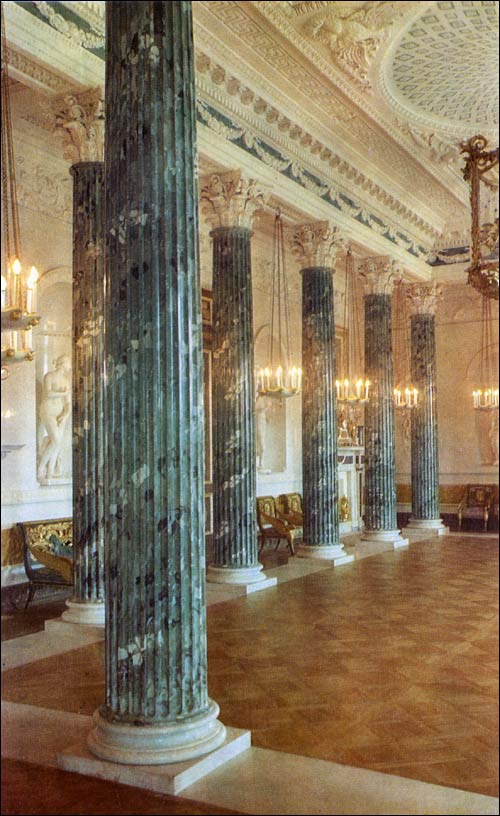
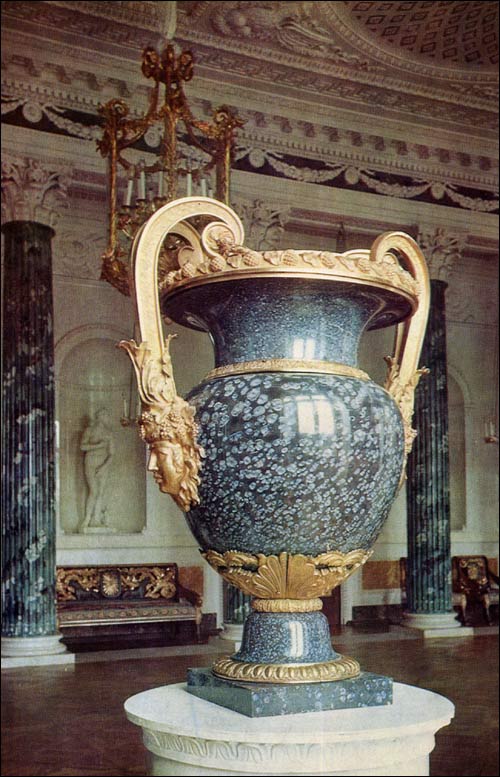
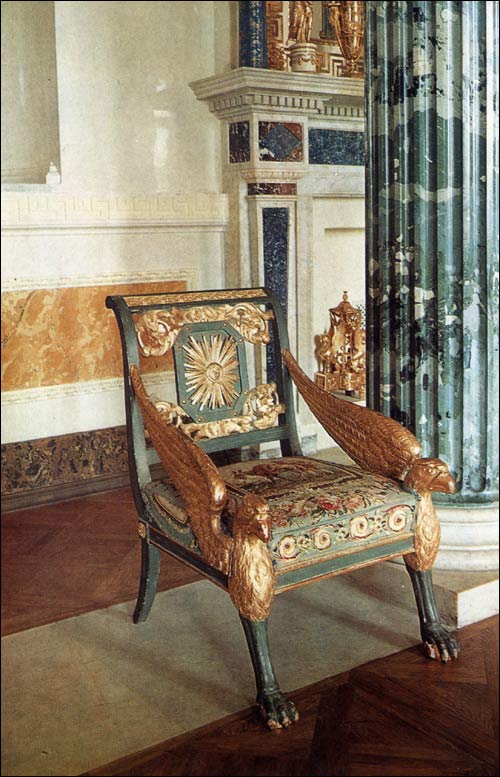
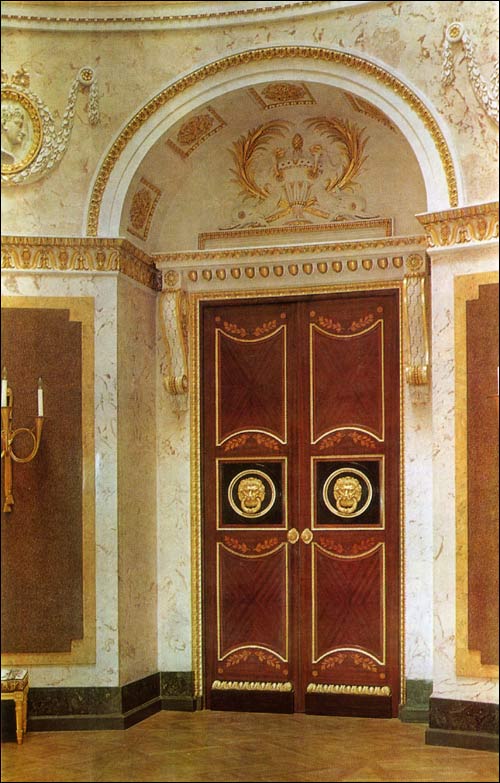
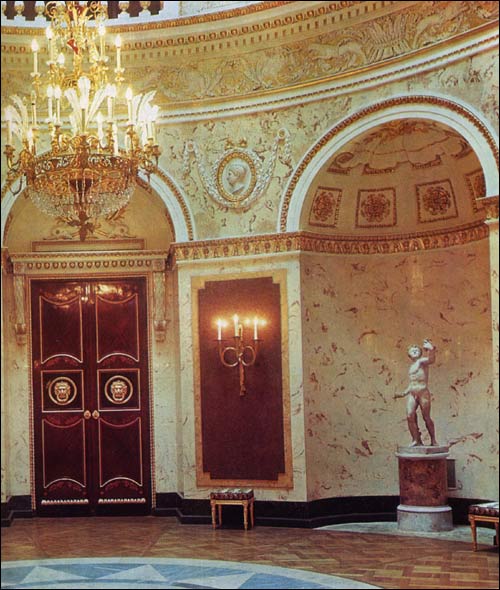
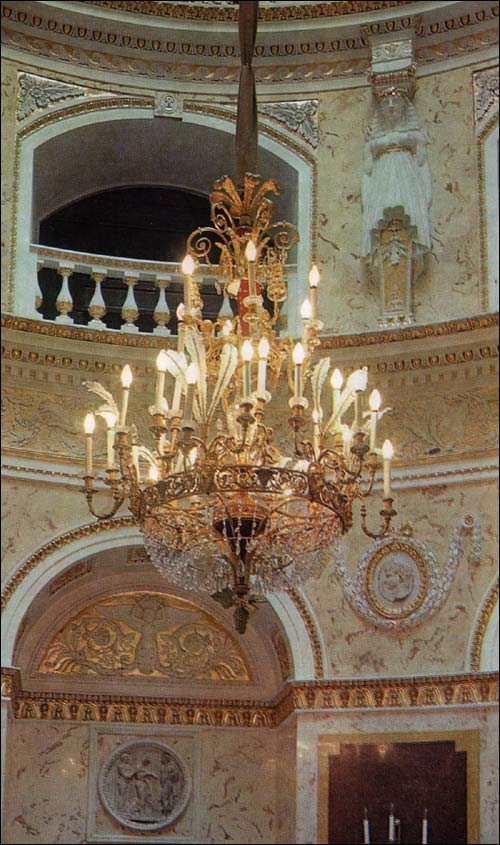
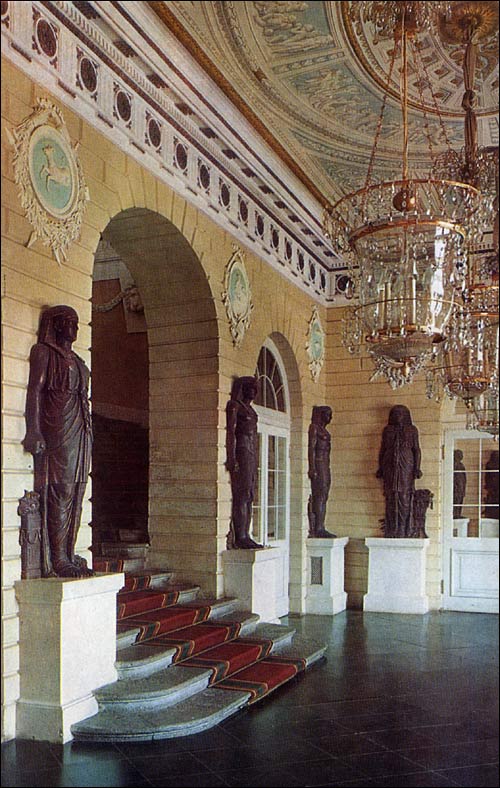
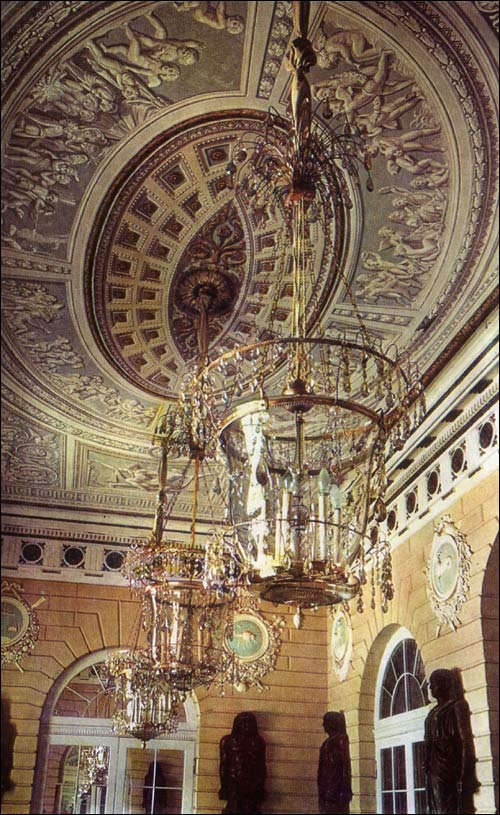
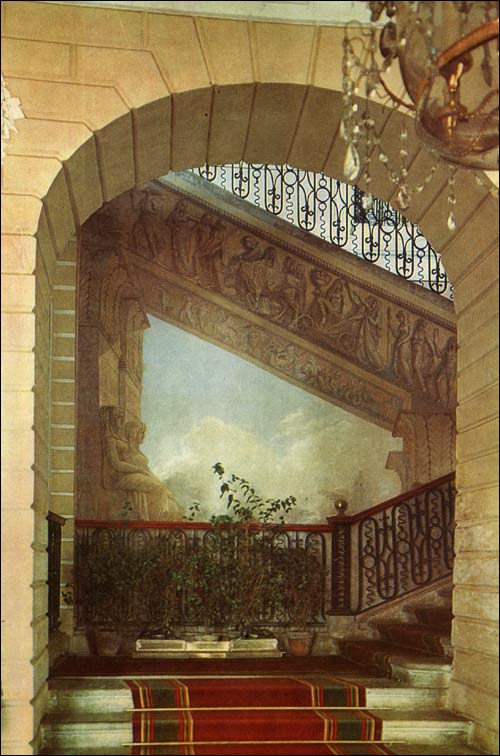
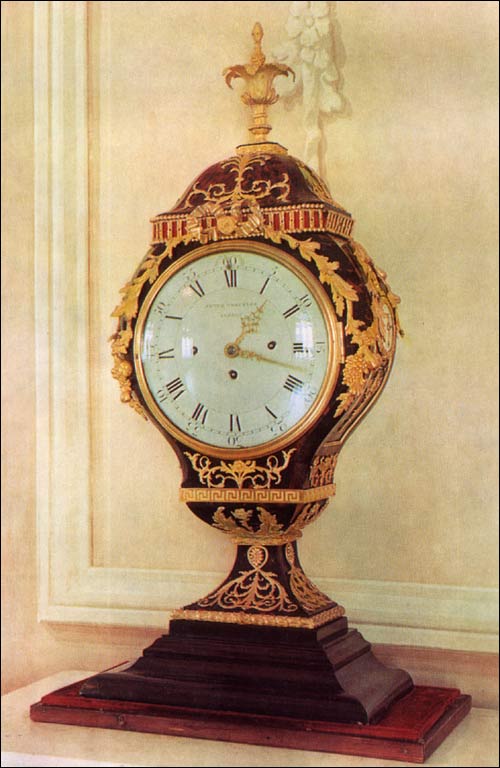
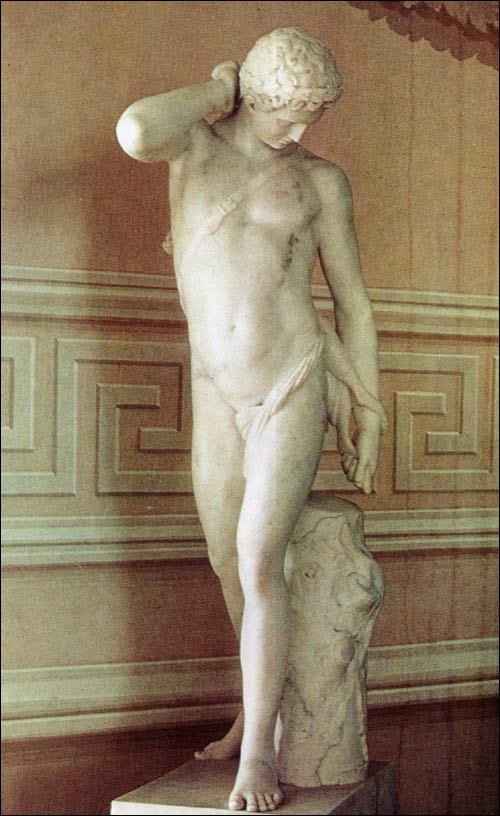

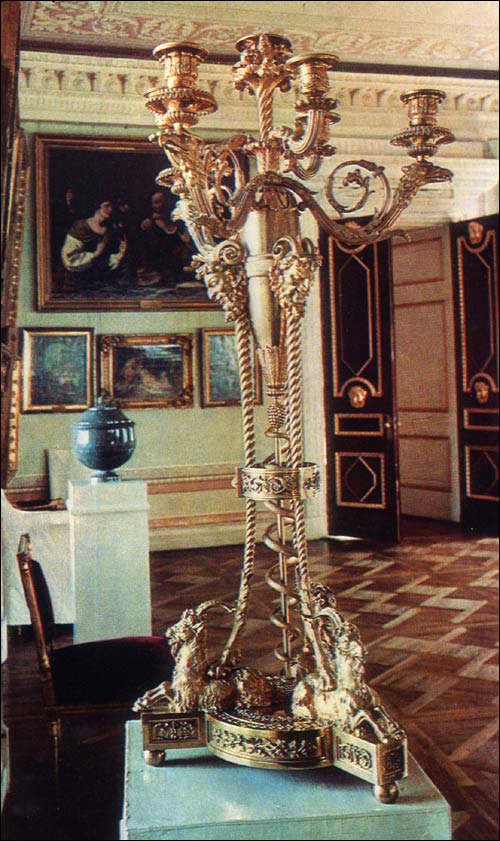
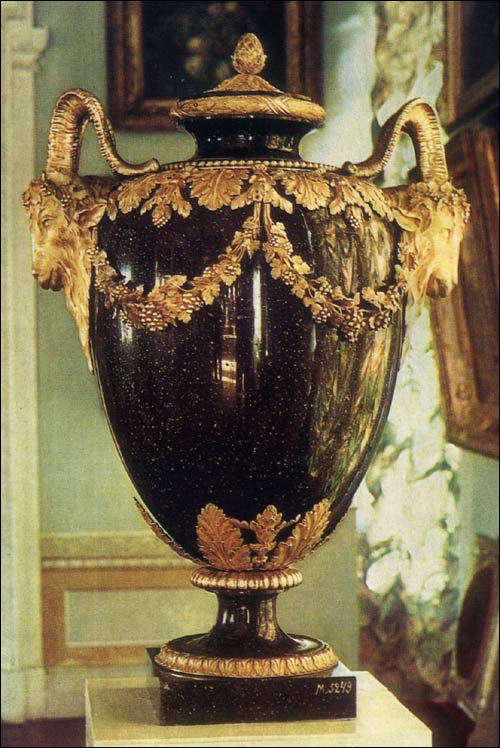
Comment